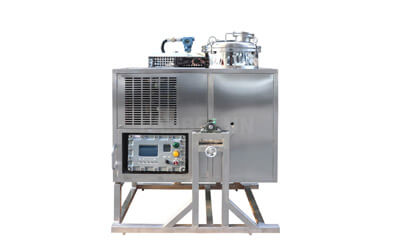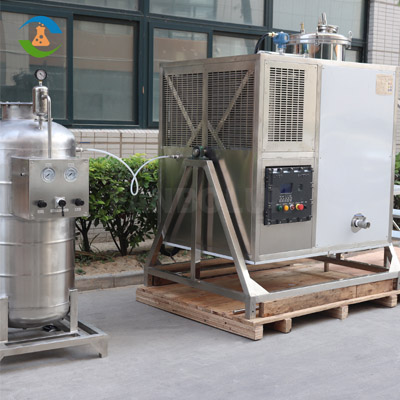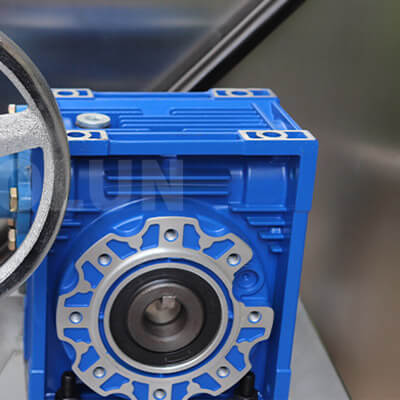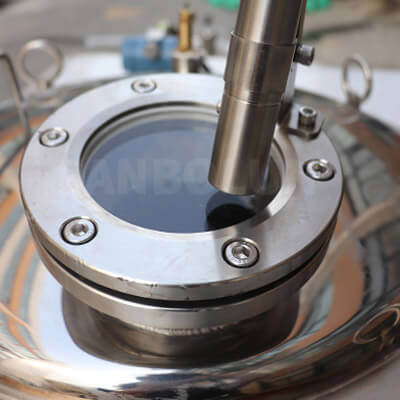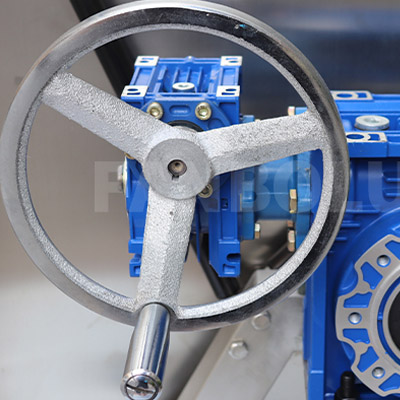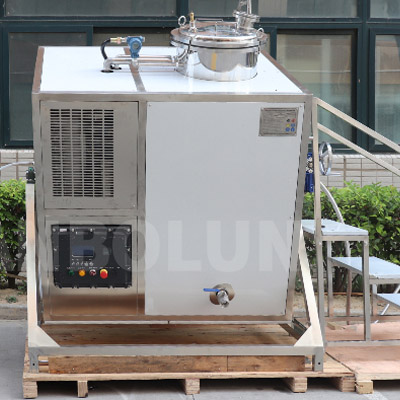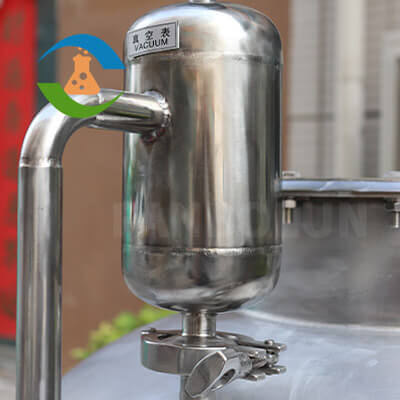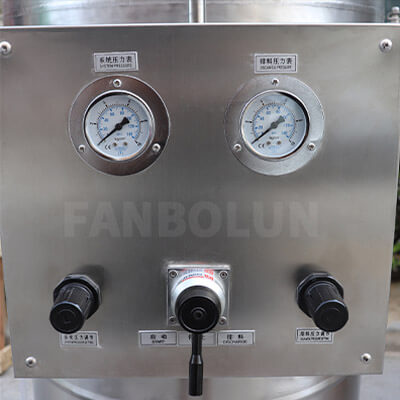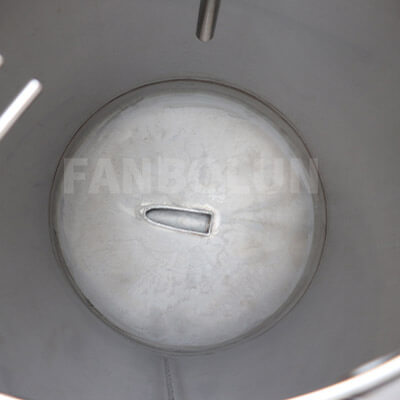In the fast-paced world of industrial manufacturing, efficiency and sustainability are key players in the game. One crucial element that has been gaining traction in recent years is the recovery of N-Methyl-2-pyrrolidone, or NMP solvent. Why is NMP solvent recovery such a hot topic? Let’s dive into the world of NMP solvent recovery and explore how it can save money, protect the environment, and enhance operational efficiency.
What Is NMP and Why Is It Important?
NMP is a versatile solvent used in a variety of industrial applications, including petrochemicals, electronics, and pharmaceuticals. Its ability to dissolve a wide range of materials makes it invaluable in processes such as cleaning, surface preparation, and polymer processing. However, NMP is also classified as a hazardous substance due to its potential health risks and environmental impact. This dual nature of NMP makes its recovery not just a cost-saving measure but a regulatory and environmental necessity.
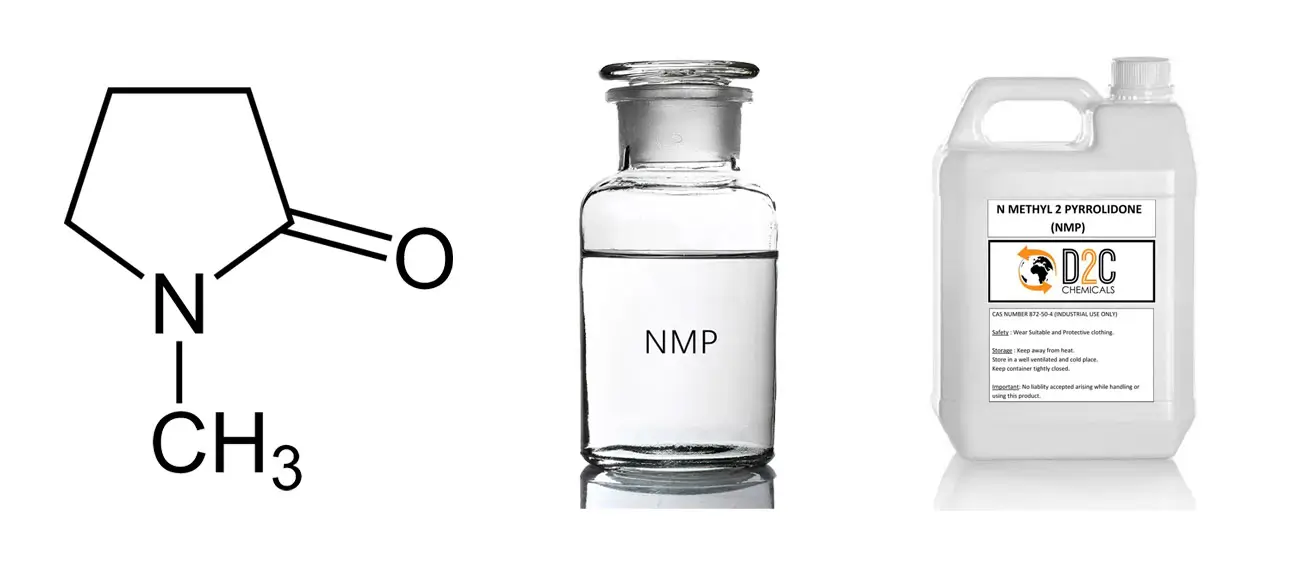
The Economics of NMP Solvent Recovery
Imagine reducing your raw material costs significantly while also complying with stringent environmental regulations. Sounds like a win-win situation, right? This is where NMP solvent recovery comes into play. By implementing an effective recovery system, companies can reclaim a substantial amount of used solvent, reducing the need for fresh solvent purchases.
But how much can you actually save? Depending on the scale of operations, companies have reported saving thousands to millions of dollars annually. The initial investment in recovery equipment pays off quickly, leading to long-term financial benefits. Moreover, with the rising cost of raw materials and increasing regulatory pressures, the importance of solvent recovery systems cannot be overstated.
Economics of NMP Solvent Recovery: Before and After Using a Solvent Recovery Machine
| Item | Before | After |
| Solvent Usage (kg) | 1000 | 300 |
| Solvent Purchase Cost ($/kg) | 20 | 20 |
| Total Solvent Purchase Cost ($) | 20,000 | 6,000 |
| Recovered Solvent Amount (kg) | 0 | 700 |
| Solvent Recovery Cost ($/kg) | 0 | 5 |
| Total Solvent Recovery Cost ($) | 0 | 3,500 |
| Total Cost ($) | 20,000 | 9,500 |
Before Using Solvent Recovery Machine: All solvents need to be purchased, resulting in higher total costs.
After Using Solvent Recovery Machine: The amount of new solvent purchased is reduced. Although there is a recovery cost, the total cost is significantly lower.
Using a solvent recovery machine can greatly reduce the total cost of solvent usage and purchase, improving economic efficiency. This recovery technology not only saves operational costs for the company but also reduces environmental pollution, making it an important environmental protection measure.
Environmental Benefits: A Cleaner, Greener Future
Have you ever wondered how industrial processes can be more eco-friendly? NMP solvent recovery is a significant step in that direction. By reclaiming and reusing NMP, companies can drastically reduce their hazardous waste output. This not only minimizes the environmental footprint but also helps in meeting environmental compliance standards.
Reducing waste and emissions is not just about following regulations; it’s about taking responsibility for the planet. Implementing NMP recovery systems demonstrates a company’s commitment to sustainable practices, which can enhance its reputation and appeal to environmentally conscious customers and stakeholders.

How Does NMP Solvent Recovery Work?
The process of NMP solvent recovery is both fascinating and straightforward. It typically involves the following steps:
Collection: Used NMP solvent is collected from various points in the production process.
Distillation: The collected solvent undergoes distillation to separate impurities and recover pure NMP.
Condensation: The vaporized NMP is then condensed back into liquid form.
Storage: The recovered NMP is stored and ready for reuse in the production process.
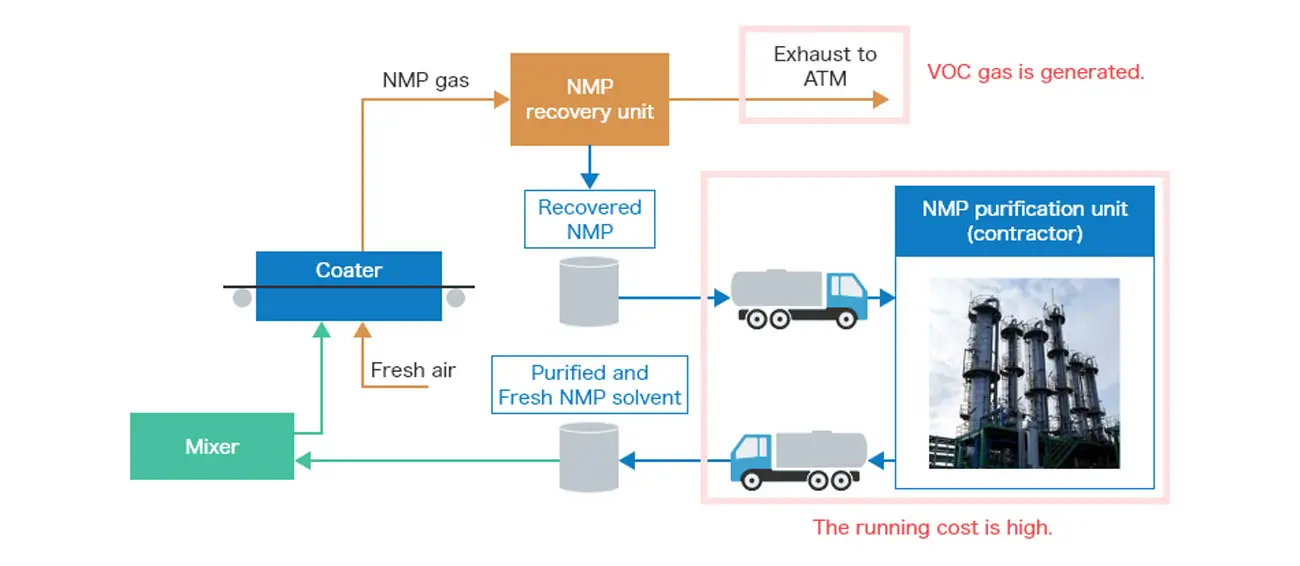
This cycle can be repeated multiple times, ensuring that the solvent is used to its maximum potential before being disposed of. The efficiency of this process can be enhanced with the latest technologies and equipment, making it more cost-effective and environmentally friendly.
Is NMP Solvent Recovery Right for Your Business?
Are you wondering if NMP solvent recovery is suitable for your operations? The answer largely depends on the volume of NMP used and the specific processes in your industry. Businesses that use significant amounts of NMP can benefit greatly from recovery systems. Even smaller operations can see substantial benefits over time.
Investing in a solvent recovery machine can be a game-changer. These machines are designed to efficiently reclaim and purify NMP, making the process seamless and cost-effective. By integrating a high-quality solvent recovery machine into your production line, you can maximize the recovery rate of NMP, ensuring minimal waste and significant cost savings. Additionally, these machines are built to handle various impurities, ensuring that the recovered NMP meets the required purity standards for reuse.
Whether you are in the electronics, pharmaceutical, or chemical processing industry, a solvent recovery machine tailored to your specific needs can greatly enhance your solvent management strategy. With advancements in technology, modern solvent recovery machines are more affordable and efficient than ever, making them a smart investment for businesses looking to improve their sustainability and profitability.
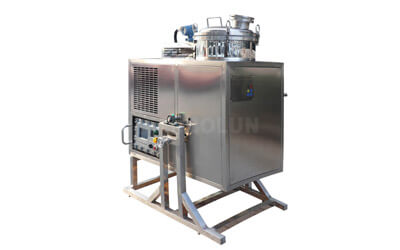
Solvent Recycling Equipment (90L)
Model: T-90EX
Feed capacity(L): 90
Power(kW): 5
Recovery(%): 95
View More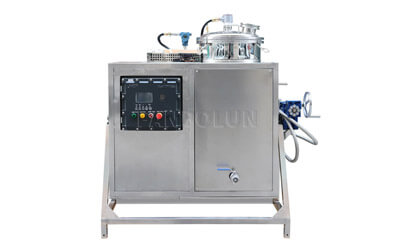
Solvent Recycler Machine (125L)
Model: T-125EX
Feed capacity(L): 125
Power(kW): 6
Recovery(%): 95
View More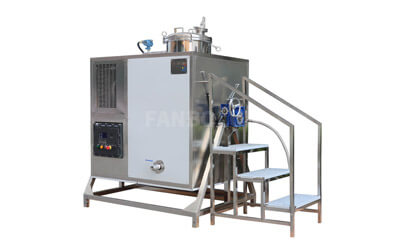
Solvent Recycling Machine (250L)
Model: T-250EX
Feed capacity(L): 250
Power(kW): 16
Recovery(%): 95
View More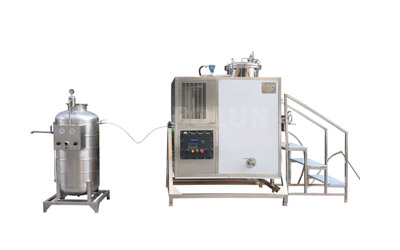
Solvent Recycling System (600L)
Model: T-600EX
Feed capacity(L): 600
Power(kW): 32
Recovery(%): 95
View More
Success Case
To illustrate the impact of NMP solvent recovery, let’s look at a few success stories:
Electronics Manufacturer: A leading electronics manufacturer implemented an NMP recovery system and saw a 40% reduction in raw solvent purchases within the first year. The company also reported a significant decrease in hazardous waste disposal costs.
Pharmaceutical Company: A major pharmaceutical company adopted NMP recovery to comply with environmental regulations. Not only did they achieve compliance, but they also saved over $500,000 annually in solvent costs.
Chemical Processing Plant: This plant integrated a state-of-the-art NMP recovery system, resulting in a 60% reduction in solvent-related expenses. The environmental benefits also led to positive recognition from industry watchdogs and customers alike.
Steps to Implement NMP Solvent Recovery
So, how do you start with NMP solvent recovery? Here are some actionable steps:
Assessment: Conduct a thorough assessment of your current solvent usage and waste generation.
Feasibility Study: Evaluate the feasibility of implementing a recovery system, considering factors such as cost, space, and potential savings.
Select Equipment: Choose the right equipment that meets your specific needs. Look for reliable suppliers with proven track records.
Installation: Work with experts to install the system, ensuring it integrates seamlessly with your existing processes.
Training: Train your staff on operating and maintaining the recovery system to maximize its efficiency and lifespan.
Monitoring: Regularly monitor the system’s performance and make necessary adjustments to optimize recovery rates.
Embrace the Future with NMP Solvent Recovery
NMP solvent recovery is more than just a cost-saving measure; it’s a commitment to sustainability, regulatory compliance, and operational efficiency. By reclaiming and reusing NMP, businesses can save money, reduce their environmental impact, and enhance their reputation in the industry.
Are you ready to take the next step towards a more sustainable future? Investing in NMP solvent recovery might just be the game-changer your business needs. With the right approach and equipment, the benefits far outweigh the challenges. Save money, save the environment, and stay ahead of the competition with NMP solvent recovery.
Remember, the journey towards sustainability and efficiency starts with a single step. Why not make that step today?

